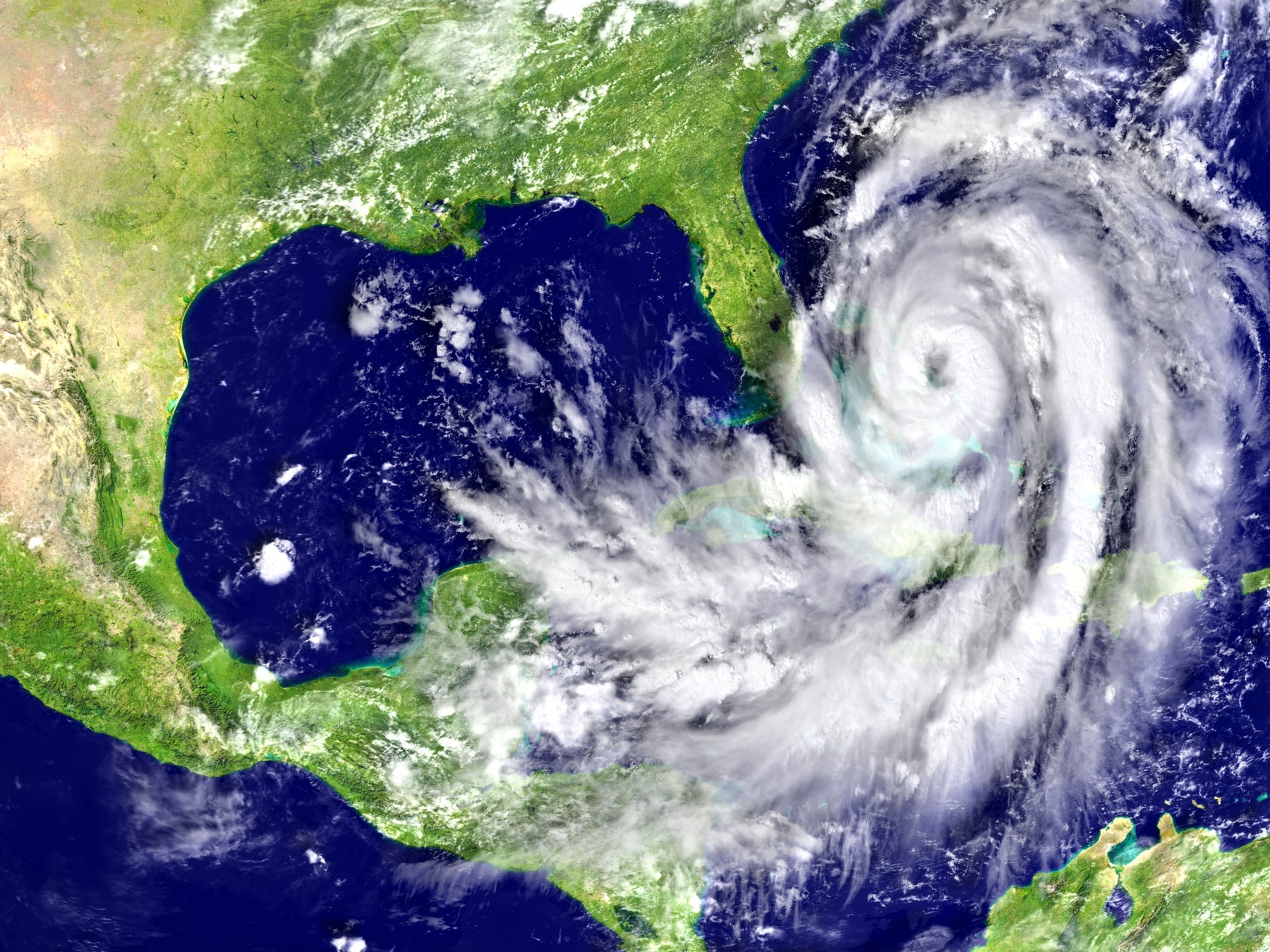
Power Outage Preparation: Understanding Hurricanes
When it comes to power outage preparation this Hurricane Season, understanding how hurricanes work can help you to stay ahead of the curve. As we dive deeper into the 2024 Atlantic Hurricane Season, our thoughts naturally turn to the powerful storms that can disrupt our lives. For those of us at ATI’s headquarters, located in the heart of South Florida, hurricanes are more than just weather events - they’re challenges that we’ve learned to face head-on.
Our experts have years of experience providing portable power solutions, such as our Generac Standby Generator, to help you keep the lights on and alleviate the damage caused by hurricanes. We offer a wide variety of in-stock power solutions at excellent prices with quick lead times, to ensure that you get the equipment you need just in the nick of time. As part of our commitment to power outage preparation and keeping our communities safe and connected, we will spend this article exploring how hurricanes are formed and highlighting locations that tend to be the most affected by these storms.
How Do Hurricanes Form?
In a nutshell, hurricanes are formed over warm waters where evaporation fuels their energy until they become a powerful storm. To dive a bit deeper, hurricanes typically form over tropical and subtropical waters that are at least 80℉. These warm temperatures cause the ocean’s surface to evaporate into the air. As this moisture rises, it creates areas of low pressure on the water's surface. The rising air cools and condenses, forming storm clouds and setting the stage for a hurricane to develop.
As the air pressure drops at the water’s surface, surrounding air rushes in and creates strong winds. Thanks to the Coriolis Effect, or the way that the Earth’s rotation influences weather patterns, these winds, evaporating air, and surrounding ocean currents begin to rotate. Once these rotating winds reach speeds between 39 and 73 mph, meteorologists classify this as a tropical storm.

Once wind speeds hit at least 74 miles per hour, the storm is officially classified as a hurricane. Hurricanes are split into five categories, based on their wind speeds and potential to cause damage.
- Category 1: Winds ranging from 74 to 95 mph with the potential to cause limited damage and moderate flooding.
- Category 2: Winds ranging from 96 to 110 mph with the potential to cause moderate damage, flooding, and hazardous flying debris.
- Category 3: Winds ranging from 111 to 129 mph with the potential to cause considerable damage, flooding, and heavy flying debris.
- Category 4: Winds ranging from 130 to 156 mph with the potential to cause significant damage, flooding, and disruptions.
- Category 5: Winds that exceed 157 mph with the potential to cause catastrophic damage brought by high wind speeds, extreme flooding, and flying debris. Category 5 hurricanes are known to create serious damage and disruptions that can leave areas affected by the hurricane uninhabitable for months.
What Areas Are Most Affected by Hurricanes?
When studying hurricanes that form in the Atlantic Ocean and Gulf Coast, certain locations tend to bear the brunt of these powerful storms. The mixture of an area’s climate, whether they’re located above or below sea level, and the hurricane’s path play a significant role in determining which areas are most at risk. Now, let’s dive into the regions that are most prone to hurricanes and break down what makes them so vulnerable.
Florida, particularly its Southeast and Southwest coasts, stand as the most hurricane-prone state in the United States. Florida is a peninsula bordered by the Atlantic Ocean and has a very flat landscape, making it a prime target for hurricanes and tropical storms. You might be surprised to know that over 40% of all hurricanes that touch land within the United States also hit Florida. Luckily, Florida often features specialized infrastructure that is designed to minimize flooding and property damage. Many Floridians also seek out emergency power equipment and stock up on safety supplies as part of their power outage preparation.
Texas ranks second in terms of hurricane frequency, though it experiences less than half the number of hurricanes that Florida receives. Hurricanes usually reach Texas after forming in the Gulf of Mexico or passing through Florida. Once a hurricane hits Texas, it can travel up to 200 miles inland before weakening due to the lack of oceanic energy. Louisiana, Alabama, and Mississippi are also prone to hurricanes that begin in the Gulf Coast. These storms often bring heavy rainfall, strong winds, and coastal flooding that pose considerable risks to life and property.
While less common, hurricanes do occasionally strike the Northeastern U.S., affecting states like New York, New Jersey, and those in New England. When hurricanes do travel this far north, they can cause extensive damage due to the region’s dense population and infrastructure. Historic storms like Hurricane Sandy serve as reminders of the devastation hurricanes can bring to this part of the country.
With Hurricane Season in full swing, having access to emergency power is non-negotiable. At ATI Electrical Supply, we have all the equipment you need to ride out the storm while keeping your loved ones safe and comfortable. We have residential transfer switches, generator extension cables, and more in stock and ready to ship to you. Don’t wait until you’re in the eye of the storm, get your power outage preparation gear today at www.atielectrical.com!

 CALL OR TEXT NOW 800-597-9311
CALL OR TEXT NOW 800-597-9311
Leave a comment